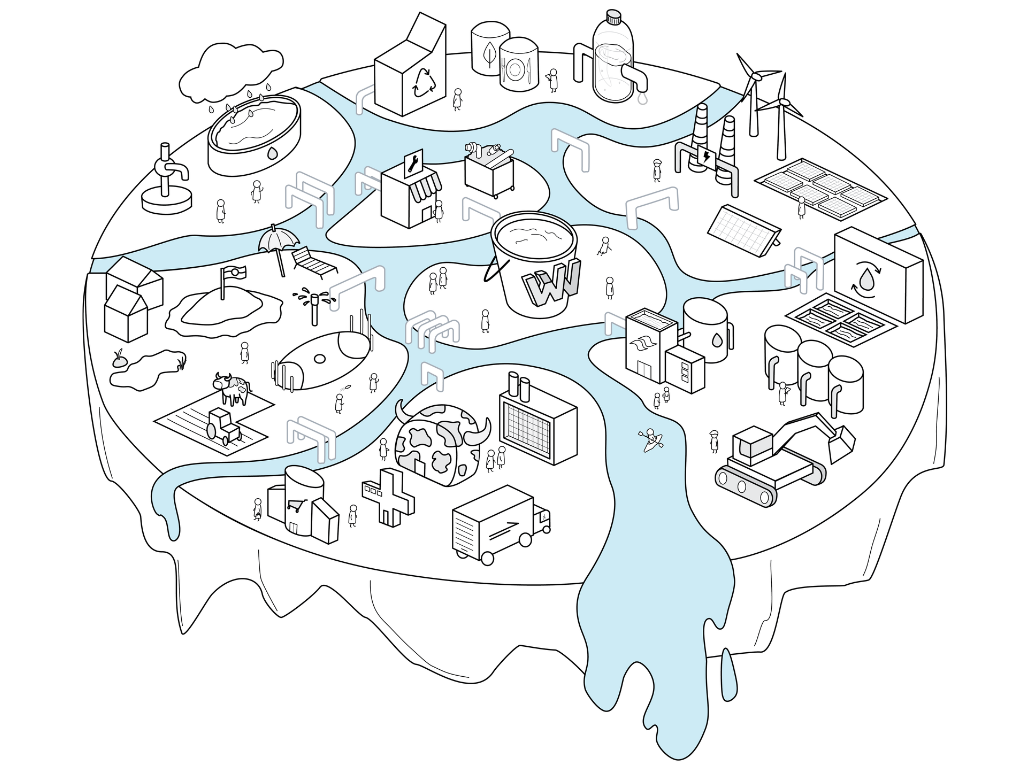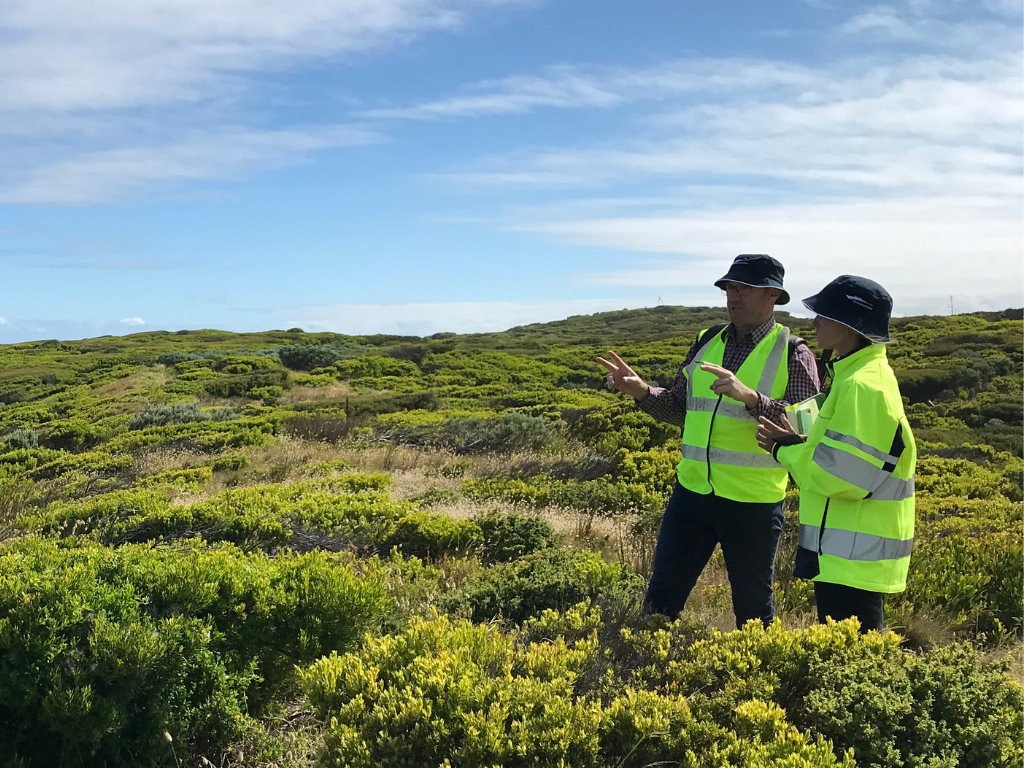Team
Having achieved its independence from Papua New Guinea in the 2019 referendum, the Autonomous Region of Bougainville is preparing to become the world’s newest country in 2025. Among the many challenges the region faces, ensuring there is a diversified and resilient economy will be central to ensuring stability, financial success, and wellbeing of the country as it stands on its own feet.
The Challenge
People in Bougainville may experience a range of systemic barriers after they finish their educative experience (an experience that is vastly different based on an individual’s ability to continue schooling) which can include financial poverty, lack of employment opportunity, and Small to Medium Enterprises (SME’s) that are unable to scale. These conditions can create barriers to entering the formal business sector and can lead people with ambitious entrepreneurial skills to engage in businesses that operate in the informal sector on small cash or trading practices. Furthermore, the Bougainville economy is in an early phase of maturity with the government proactively creating policies to support its growth.
Against this background, there is a vast opportunity for people to be inspired to contribute to the emerging economy by thinking differently about business. In other words, there was an opportunity to create vibrant Innovation Hubs that are built on a comprehensive training program to engage early-stage entrepreneurs throughout Bougainville, sparking industry and economic growth throughout the country.
Our Response
Due to the complex nature of the challenge and the vast opportunity to create impact, ThinkPlace partnered with the EdInstitute to deliver a training program that provided aspiring entrepreneurs with the knowledge, skills and mindset to accelerate their business ideas and create new market value.Grounding the experience in adult learning principles, the program took learners through three complementary journeys, each of which are essential to realizing the intent of the work. The three journeys were:
- Aspirational Journey (mindset). This journey shifts the way learners think about themselves, their potential, and the world around them.
- Operational Journey (skillset). This journey gives learners new knowledge and theory that they can apply to achieve their goals and aspirations.
- Technical Journey (toolset). This journey demonstrates the practical tools and tasks that will enable new skills to be used in practice.
This course structure was designed based on a comprehensive literature review, site visits and stakeholder and community research. When it came to the design of the curriculum, design thinking, systems thinking and future forecasting were used as the main pedagogical tools to enable learning to occur. Following the design of the curriculum, ThinkPlace used co-design methodology to activate and train a series of facilitators for the course. This approach meant that the facilitators were not only able to understand the course content, outcomes, and strategic intent, but they were also empowered them to lead the implementation of the program on the ground in Bougainville. Following a pilot phase, the course was delivered by the facilitators (with remote support from ThinkPlace) with great success.
Our Impact
In total, the course was delivered to 257 learners across three locations. Following the course, feedback from community members and learners was positive – many saw the potential for entrepreneurship to drive a community-based economic development strategy that leverages local assets to create jobs and products that people want and need (rather than relying on outside investment and economic development strategies). Those who completed the course were excited by the future opportunities of them leading the economic growth within their country.
It was also noted by the facilitators that the curriculum approach encouraged high levels of teamwork and collaboration between participants. This increased the effectiveness of co-designing their business plans together.
Conclusion
It is often thought that the content of a training program is most important, and that the focus should be on communicating the right academic content at the right time. This project proved that it is not only content that is important – if we want to enact real change in communities, we also need to consider the environment (both psychological and physical) that content is being delivered in. if we want to spark true learning, we must consider and design each journey a learner goes on individually and together.



